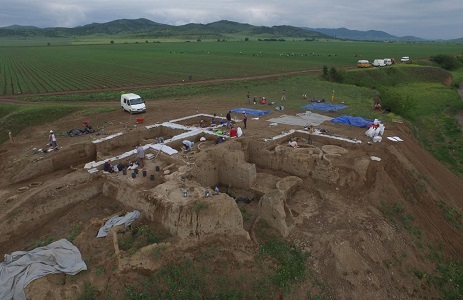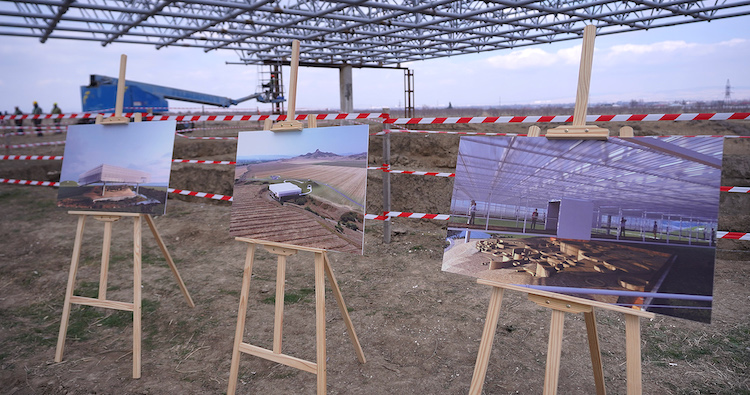National Geographic: “Oldest Evidence of Winemaking Discovered at 8,000-Year-Old Village”


The National Geographic has devoted an article to recent research that proves that Georgia is the birthplace of grape wine-making.
The article read that on a small rise less than 20 miles south of Tbilisi, Georgia, a clutch of round, mud-brick houses rises from a green, fertile river valley.
"The mound is called Gadachrili Gora, and the Stone Age farmers who lived here 8,000 years ago were grape lovers: Their rough pottery is decorated with bunches of the fruit, and analysis of pollen from the site suggests the wooded hillsides nearby were once decked with grapevines”, the article says.
It adds that in a paper published today in the journal PNAS, an international team of archaeologists has conclusively shown what all those grapes were for. The people living at Gadachrili Gora and a nearby village were the world’s earliest known vintners—producing wine on a large scale as early as 6,000 B.C., a time when prehistoric humans were still reliant on stone and bone tools, National Geographic says.
The author stresses that the evidence adds a new wrinkle to our understanding of the Neolithic, a pivotal period when humans were first learning to farm, settling down and domesticating crops and animals. The gradual process, known as the Neolithic Revolution, began around 10,000 B.C. in Anatolia, a few hundred miles west of Gadachrili.
"Georgia, nestled in the Caucasus mountains not far from where the Neolithic Revolution began, is still wine-crazy 8,000 year later. It has more than 500 local grape varieties, a sign that people have been breeding and growing grapes here for a long time. Even in bustling downtown Tbilisi, grapevines cling to crumbling Soviet-era apartment blocks”, the article says.
- Read the full article here: www.nationalgeographic.com
 Tweet
Tweet  Share
Share

